Kato Kastelliana is a village and the seat of its corresponding community within the Minoa Pediada Municipality in the Heraklion regional unit of Crete, Greece. It was previously part of the Monofatsi province within the Heraklion Prefecture.
The name “Kato Kastelliana” translates to “Lower Kastelliana,” distinguishing it from its neighboring village, Ano Kastelliana (“Upper Kastelliana”). The shared name “Kastelliana” likely stems from their proximity to the Venetian fortress of Belvedere, known locally as “Kastello.” The establishment of both villages is tied to the agricultural activities surrounding the fortress during the Venetian era.
Historical References
The historical narrative of Kato Kastelliana is closely intertwined with that of its neighboring village, Ano Kastelliana. Both settlements trace their origins back to the Venetian era, emerging as a result of the consolidation of scattered dwellings inhabited by farmers and laborers who worked the lands of the Venetian nobles residing in the Belvedere fortress. This shared history connects the two villages and underscores the influence of Venetian rule on the region.
The strategic location of Kato Kastelliana in the foothills of the Asterousia Mountains played a crucial role during the German occupation of Crete in World War II. The village, along with Ano Kastelliana and other settlements in the area, became a hub of resistance activity. The villagers actively participated in guerrilla operations, contributing to the broader Cretan resistance movement against the occupying forces.
Location
Nestled in the northeastern slopes of the Asterousia Mountains, Kato Kastelliana enjoys a picturesque setting that blends natural beauty with historical significance. The village is situated in close proximity to Ano Kastelliana, its sister village to the west. The provincial road connecting Pyrgos and Martha (Viannos) passes through Kato Kastelliana, providing a vital link to other settlements in the region.
Population Data Over the Years
The 2011 census recorded a population of 220 inhabitants, making it larger than its neighboring village, Ano Kastelliana. This suggests that Kato Kastelliana may have experienced more stable population trends or even growth in recent decades.
Historical Significance
Kato Kastelliana’s historical significance is multifaceted. Its origins as a settlement for agricultural workers during the Venetian era highlight the importance of agriculture in the region’s history. The village’s connection to the Belvedere fortress further underscores its ties to the Venetian presence in Crete.
The active involvement of Kato Kastelliana’s residents in the Cretan resistance during World War II adds another layer of historical significance. The villagers’ bravery and resilience in the face of adversity contributed to the island’s struggle for freedom and self-determination.
Current Status
Today, Kato Kastelliana thrives as a larger and more populous village compared to Ano Kastelliana. Its residents are primarily engaged in agriculture, focusing on the production of olive oil and grape products. The village maintains its connection to its historical roots, evident in its traditional architecture and the presence of the nearby Belvedere fortress.
Within the village, there are two notable churches: the small church of Agia Marina, the patron saint of the village, located in the eastern part, and the larger church of Panagia, built in 1912, situated west of the main road. The latter is contemporaneous with the beautiful stone fountain found in the small square in the southwestern part of the village.
A short distance south of the village lies the scenic area of Richra, known for its impressive waterfall, shaped almost like a triangle, with a height of 8-9 meters. The water, originating from the Asterousia Mountains, flows through a small valley before cascading down the falls. Further up the hillside, the picturesque stone chapel of Agios Spyridon blends into the rugged, rocky landscape.
Village Key Points
- Historical References: Kato Kastelliana was founded during the Venetian era, alongside Ano Kastelliana, beneath the historic hill of Kastelo. Both villages originated from the consolidation of dispersed settlements where farmers resided, working the lands of Venetian nobles at the Belvedere castle on the hilltop. During the German occupation in World War II, Kato Kastelliana and Ano Kastelliana played a significant role in the Cretan resistance.
- Location: Situated on the northeastern slopes of the Asterousia Mountains, 1 kilometer east of Ano Kastelliana, along the provincial road connecting Pyrgos and Martha (Viannos).
- Historical Significance: The village’s history is intertwined with the Venetian presence in Crete and the Cretan resistance during World War II. Its location near the Belvedere fortress reflects its connection to the Venetian era. The active participation of its residents in the resistance movement highlights its contribution to Crete’s modern history.
- Current Status: Kato Kastelliana is a larger village compared to Ano Kastelliana, with a population of 220 as of 2011. The primary occupations of its residents are olive oil production and viticulture.
Access
Kato Kastelliana is 12.9 kilometers away from the town Arkalochori and 10.9 kilometers away from Pyrgos















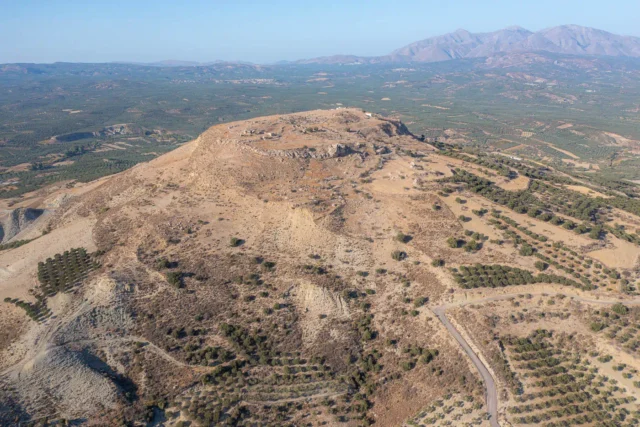

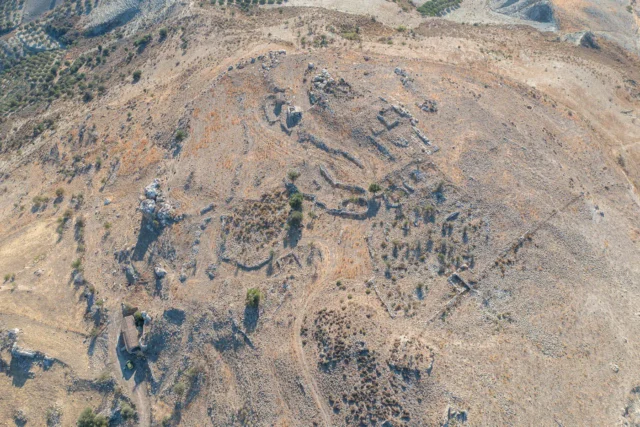



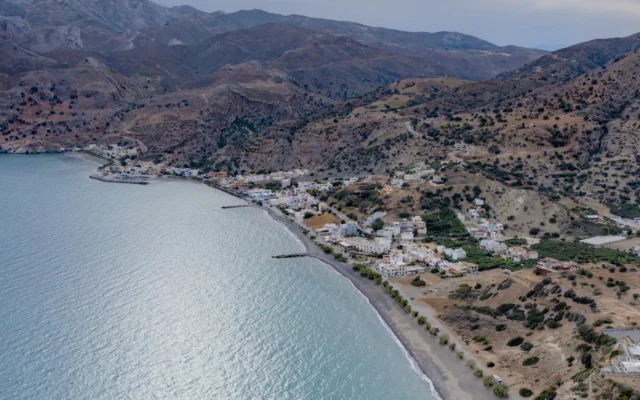


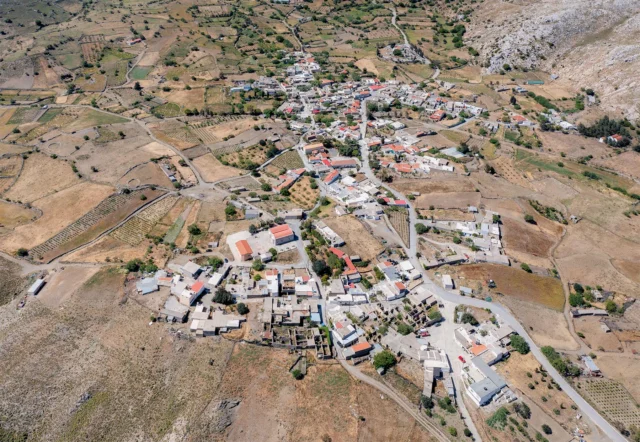
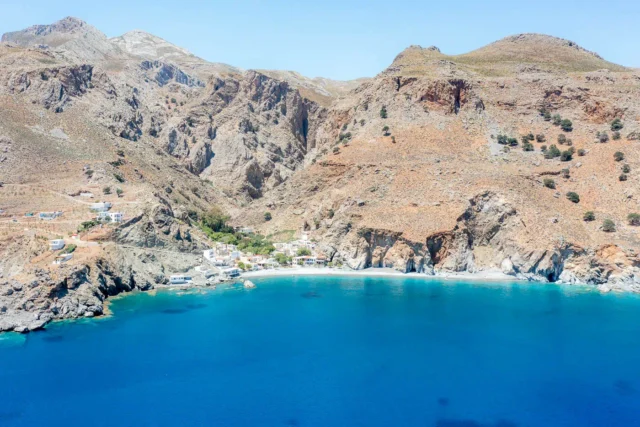
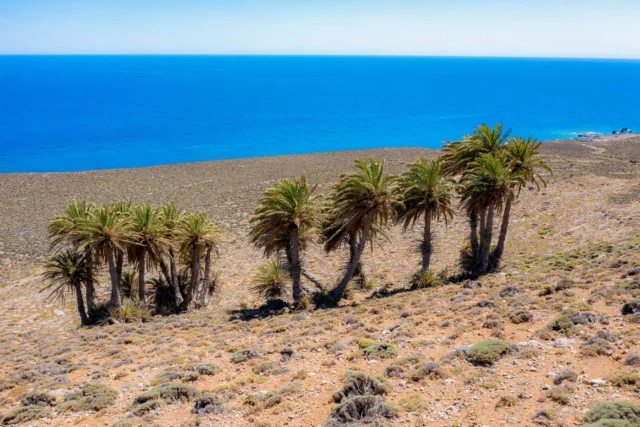
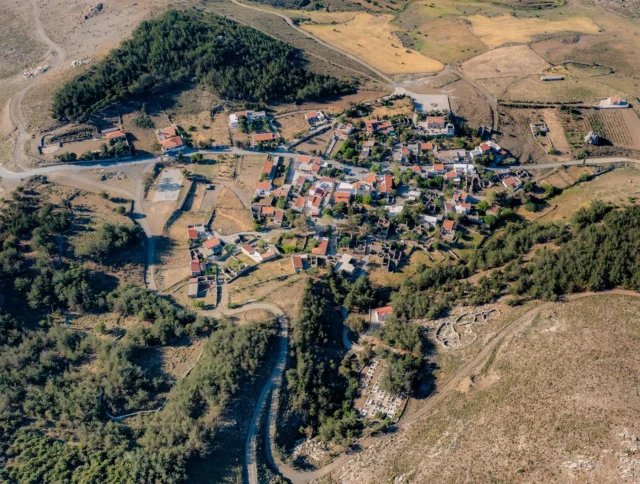

There are no comments yet.